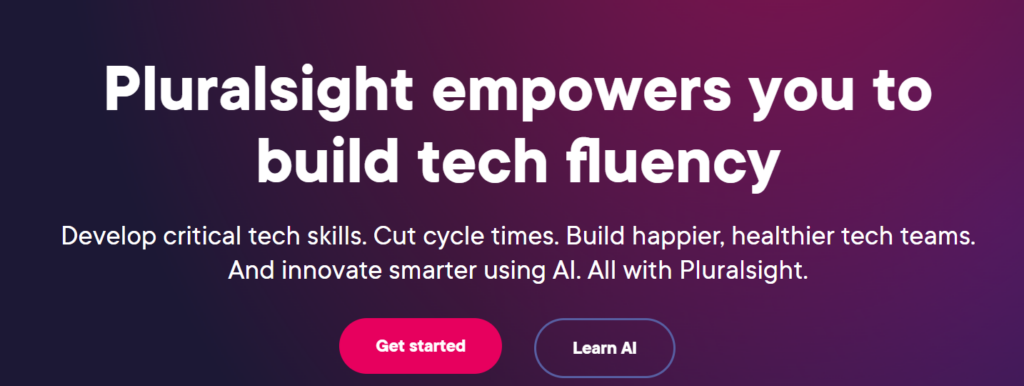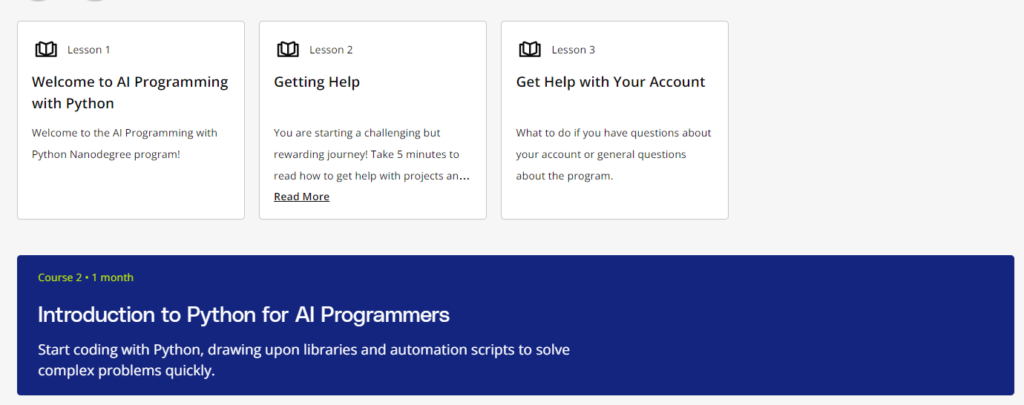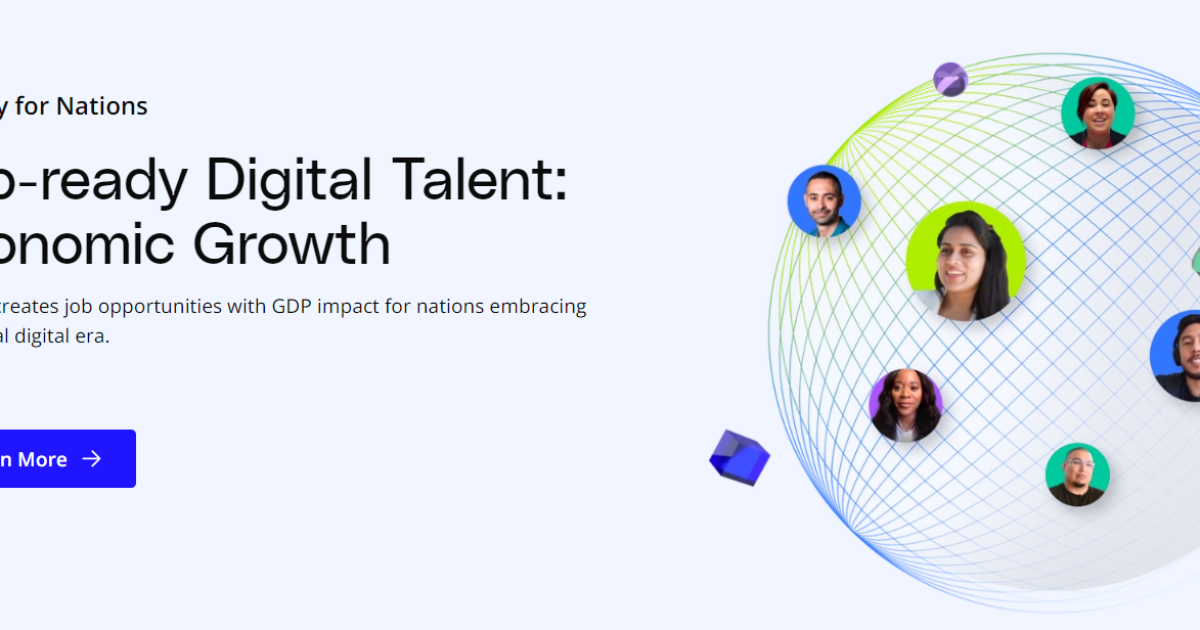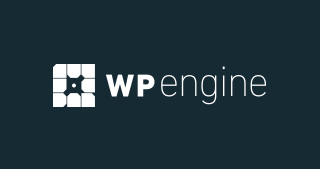Introduction:
In today’s fast-paced world of technology and digital transformation, platforms like Udacity and Pluralsight are helping professionals and students stay ahead in their careers. Both platforms offer online courses aimed at building technical skills, but they have distinct approaches, course structures, and audiences. Whether you’re looking for career advancement, skill enhancement, or pivoting into tech, understanding the strengths and weaknesses of Udacity and Pluralsight can help you make the best choice.
Overview of Udacity and Pluralsight
Udacity Overview:
Udacity focuses on practical, project-based learning, making it an ideal platform for individuals looking for hands-on experience in specialized fields. The platform is best known for its Nanodegree Programs—structured, intensive courses in fields like artificial intelligence, data science, programming, and cloud computing. Each Nanodegree is designed in collaboration with industry experts, providing job-ready skills through real-world projects. Students benefit from one-on-one mentorship, career services, and a personalized learning experience.

- Strengths:
- Project-based learning with real-world applications.
- Access to mentors and career services.
- Highly focused on in-demand tech skills.
- Collaboration with companies like Google, IBM, and Amazon.
- Weaknesses:
- Higher pricing compared to other platforms.
- Limited course variety outside tech-heavy fields.
- Time-intensive programs.
Pluralsight Overview:
Pluralsight, on the other hand, is known for its vast content library that covers a broader range of tech-related subjects, from IT infrastructure to software development and creative skills. With over 7,000+ courses, Pluralsight provides flexible, self-paced learning. The platform offers a unique Skills IQ feature that helps users assess their current knowledge levels, guiding them to the appropriate learning path. Additionally, Pluralsight is popular for businesses and teams looking to upskill their employees, with solutions tailored for enterprise-level training.

- Strengths:
- Extensive content library with a wider range of topics.
- Affordable subscription-based pricing.
- Skills IQ for personalized learning paths.
- Flexible, self-paced learning ideal for professionals.
- Weaknesses:
- Less emphasis on career services or project-based learning.
- Fewer structured, intensive programs compared to Udacity.
- No hands-on mentorship like Udacity.
Key Differences:
- Course Structure: Udacity’s project-based learning contrasts with Pluralsight’s self-paced video courses.
- Target Audience: Udacity caters to individuals looking for deeper specialization, while Pluralsight offers more breadth across various industries and technologies.
- Pricing: Udacity is generally more expensive with its Nanodegrees, while Pluralsight offers affordable subscription plans, making it accessible for ongoing learning.
Features of Udacity and Pluralsight
Udacity Features:
1. Course Structure and Learning Approach:
- Nanodegree Programs: Udacity is well-known for its structured, career-oriented Nanodegree programs. These are intensive, project-based courses developed in partnership with industry leaders like Google, Microsoft, and Amazon.
- Project-Based Learning: Each Nanodegree includes real-world projects that simulate actual work scenarios, ensuring that learners gain practical, job-ready skills.
- Mentorship: Udacity provides personal mentorship with industry experts to guide learners through the projects and offer feedback on their work.
- Career Services: Udacity offers personalized career services, including resume reviews, LinkedIn profile optimization, and interview preparation.
- Quizzes & Assignments: Courses come with quizzes and assignments designed to solidify learning. There is a strong focus on applying concepts through exercises.
2. Specializations and Course Offerings:
- Udacity focuses heavily on tech-centric courses, offering programs in data science, artificial intelligence, machine learning, programming, cloud computing, business analytics, and cybersecurity.
- The platform is best suited for learners who want to gain in-depth knowledge in cutting-edge technology fields.
3. Certifications:
- Upon completing a Nanodegree, learners receive a certificate recognized by employers, particularly in tech industries. This certificate can help professionals stand out in competitive job markets.
6. Target Audience:
- Udacity is designed for advanced learners and professionals who want to specialize in a specific field or are looking for a career shift. The structured curriculum makes it suitable for those committed to long-term learning and deep expertise.
7. Learning Support:
- In addition to one-on-one mentorship, Udacity offers access to a global community of learners, regular webinars, and support groups to foster peer-to-peer learning.
8. Pros:
- High-quality projects with real-world applications.
- Expert mentorship.
- Career services including interview prep and job placement help.
- Well-structured, industry-recognized programs.
8. Cons:
- Expensive compared to many other platforms.
- Limited range of non-technical subjects.
- Time-intensive programs.

Pluralsight Features:
1. Course Structure and Learning Approach:
- Self-Paced Learning: Pluralsight is designed for flexible learning, offering a vast library of video-based courses that can be completed at your own pace.
- Skills IQ and Role IQ: These are assessment tools that help learners evaluate their current skill levels and recommend learning paths tailored to their needs. This feature allows for personalized learning experiences based on the user’s knowledge gaps.
- Paths and Channels: Courses are grouped into learning paths based on career roles (such as software developer, IT administrator, or data analyst), allowing users to follow structured learning sequences.
- Quizzes & Assessments: Regular quizzes and assessments help users test their knowledge and track progress.
2. Specializations and Course Offerings:
- Pluralsight offers a broader range of topics compared to Udacity. While its focus is mainly on technology, it also provides courses on creative skills (such as animation, graphic design), IT operations, software development, cloud computing, and cybersecurity.
- Unlike Udacity, Pluralsight also offers courses for beginners and intermediate learners, making it suitable for professionals at different stages of their career.
- Newer additions include topics in DevOps, machine learning, and blockchain.
3. Certifications:
- Pluralsight provides certificates of completion, but these are not as prestigious or recognized by employers as Udacity’s Nanodegrees. They serve more as evidence of having completed the learning material rather than an industry-recognized credential.
4. Target Audience:
- Pluralsight is ideal for self-learners, tech professionals who want to upskill, and businesses looking to train their employees in specific areas. It appeals to a broader audience due to its extensive library and affordable pricing.
- It caters to individuals ranging from beginners to advanced professionals.
5. Learning Support:
- Although there’s no direct mentorship like Udacity, Pluralsight offers forums and a community space for learners to interact and discuss their progress. In addition, the Skills IQ feature helps guide learning by identifying the user’s weak points.
6. Pros:
- Huge content library with thousands of courses.
- Affordable subscription model with tiered pricing.
- Personalized learning paths based on skill assessments.
- Flexible, self-paced learning ideal for busy professionals.
7. Cons:
- Less emphasis on career services and mentorship.
- No project-based learning or real-world simulations.
- Certificates are not as prestigious as Udacity’s Nanodegrees.

Key Features Summary
| Feature | Udacity | Pluralsight |
|---|---|---|
| Learning Approach | Project-based with real-world applications | Video-based, self-paced learning |
| Courses Offered | Specializes in AI, Data Science, Programming, and Cloud | Broader focus, including IT, Creative, and Development |
| Mentorship | One-on-one mentorship with industry experts | No direct mentorship, but personalized learning paths |
| Pricing | $399 to $799 per month (Nanodegree) | $29 to $45 per month (Subscription) |
| Certifications | Industry-recognized Nanodegree | Course completion certificates |
| Career Services | Resume reviews, LinkedIn optimization, interview prep | No career services |
| Target Audience | Advanced learners, career-changers | Beginners, professionals, and businesses |
| Learning Support | Mentorship, projects, and career support | Skills IQ, peer forums, and community support |
Pricing: Udacity vs. Pluralsight
Udacity Pricing:
Udacity uses a pay-per-course or monthly subscription model for its Nanodegree programs.
- Nanodegree Program Cost: Typically, prices range from $399 to $799 per month depending on the program’s complexity.
- Duration and Flexibility: The total cost depends on how long it takes to complete the program, which usually ranges from 3 to 6 months. Udacity offers flexibility, but the time investment can make it a more expensive option.
- Financial Aid and Discounts: Udacity sometimes offers scholarships and discounts, making it more accessible for certain learners.

Pluralsight Pricing:
Pluralsight operates on a subscription-based model, offering monthly and annual plans.
- Personal Plan:
- Standard: $29 per month or $299 annually. Provides access to the entire course library.
- Premium: $45 per month or $499 annually. Offers additional features like certification practice exams, projects, and interactive courses.
- Team Plan: Starts at $33.25 per user, per month (billed annually). Provides analytics and progress tracking for businesses.
- Enterprise Plan: Custom pricing with additional features such as advanced reporting and management tools for team training.

Frequently Asked Questions (FAQ)
What type of learners benefit most from Udacity?
Udacity is ideal for advanced learners or those who want a deep dive into tech fields like AI, machine learning, programming, and data science. It’s particularly suitable for those seeking career shifts or career advancement in tech industries.
Is Udacity worth the price?
While Udacity is more expensive than most platforms, it offers high-quality, project-based learning and one-on-one mentorship. The Nanodegree certificates are recognized by leading tech companies, and the career services can help users land jobs in competitive fields.
What is Pluralsight’s standout feature?
Pluralsight’s standout features include its Skills IQ and Role IQ assessments, which help users evaluate their current skills and tailor their learning paths. Its vast library of courses makes it suitable for ongoing, self-paced learning.
Can I use Pluralsight for free?
Pluralsight offers a free trial that gives users access to its course library for a limited period, typically 10 days. Occasionally, they also offer free weekends where all courses are open to the public.
How do Udacity and Pluralsight handle certifications?
Udacity provides industry-recognized Nanodegree certificates that carry significant weight, especially in tech fields. Pluralsight offers completion certificates, but they are less prestigious and primarily serve as proof of course completion.
Are there any prerequisites for Udacity courses?
Some Udacity courses, especially in advanced fields like AI or data science, have prerequisites. These may include knowledge of programming languages or specific technical skills. However, Udacity also offers beginner-friendly Nanodegrees for those starting from scratch.
Does Pluralsight provide career services?
No, Pluralsight does not offer career services like Udacity. It is more focused on providing content for continuous learning rather than career transitions.
Conclusion
Choosing between Udacity and Pluralsight depends heavily on your goals, learning style, and budget.
Udacity:
- Best For: Learners seeking structured, hands-on learning with project-based applications and real-world scenarios. If you’re looking to switch careers or specialize in a high-demand tech field, Udacity’s Nanodegree programs provide in-depth knowledge, industry recognition, and career services like resume reviews and interview prep.
- Advantages: The one-on-one mentorship and collaboration with leading tech companies ensure that the skills taught are relevant and practical. The high cost can be justified by the career outcomes many learners achieve after completing their programs.
- Disadvantages: Its high pricing and time commitment may not suit casual learners or those looking for more affordable learning options.
Pluralsight:
- Best For: Professionals looking to upskill or continuously learn at their own pace, across a broader range of topics. Pluralsight offers flexible, affordable learning that appeals to both individuals and teams in businesses. Its assessment tools (Skills IQ and Role IQ) help users identify knowledge gaps and provide tailored learning paths.
- Advantages: The affordable subscription model and vast content library make it perfect for learners who want to improve specific skills without the pressure of deadlines. Businesses can also use Pluralsight to upskill their teams efficiently.
- Disadvantages: It lacks career services and mentorship, and the courses do not include the project-based, hands-on learning that Udacity provides. Certificates from Pluralsight also do not carry as much weight as Udacity’s Nanodegrees.
Final Recommendation:
- Choose Udacity if you’re aiming for a career shift, need real-world projects, and can invest both time and money in an intensive program.
- Choose Pluralsight if you prefer self-paced learning, want to upskill continuously at a lower cost, and don’t require structured, mentor-driven programs or career services.



